2D Art
Bleached Line, Cross-Hatch / Cross-Contour Drawing Project
"Line is a rich metaphor for the artist. It denotes not only boundary, edge or contour, but is an agent for location, energy, and growth. It is literally movement and change - life itself." - Lance Esplund
"A line is a visual trail of energy that has been drawn across a surface; it is a manifestation of the life-energy of the person who made it." - Mick Malen
"Lines create an experience beyond the literal. There is so much potential in losing and finding the line again: like letting go and being awakened. Lines, like music, create potential for mystery." - Linda Saccoccio
Theory
Of all the art elements (click here to review The Elements of Art), line might be the most versatile. With line, you can create an endless variety of shapes, implied textures and even a complete range of values. Some mediums, such as intaglio printmaking (etching), rely almost exclusively on line.
In an etching or an engraving, the artist produces darker values by means of "hatch marks" that are laid down with a technique called, "cross hatching". This technique requires the artist to place lines (both paralell and those that intersect) closer together at various places in the composition. The artist thereby creates a dense network of lines in those places where she wants shadows (or, in our project, lighter values), which modifies the amount of light that the paper reflects from its surface. The denser (closer together) the network of hatch marks that the artist uses, the darker (or lighter in our case) will be the value that she creates.
Note the many contour (and cross contour) hatch marks in these images of Albrecht Dürer's engraving, Melancholia (click here to learn about, Melancholia, 1514).
Cross hatching can achieve many more things than a denser area of value: cross hatching can also create a sense of VOLUME (an implied 3D-quality that turns a flat, 2D shape into a form that has depth and appears to occupy an illusory space beyond the picture plane). This is where the art elements of MASS and SPACE live. In a sculpture, volumes are actual 3D forms that displace actual 3D space. In all 2D artworks - drawings, paintings, prints and photographs - volumes are IMPLIED (like an implied texture that creates the illusion of a rough surface, but the surface remains smooth to the touch).
There's a special kind of hatch mark that we must use to create a sense of volume: "cross contour" lines. When a set of cross contour lines depict the shape of an object within a theoretical 3D space (its volumetric contours), the volume of the object becomes easier to read. In this way (using only line), the artist, illustrator or designer is able to create an illusory sense of mass, which displaces an illusory amount of space within any composition.
Project Description
OBJECTIVE: Using ink and a diluted solution of household bleach on paper, create a line-drawing of a still life that I will set up in the middle of the classroom.
PROCEDURE: fasten a full sheet of medium quality paper (e.g., Fabriano Academia 80 lb.) to your drawing board with one-inch-wide green painter's tape along all the edges. Half of the width of the tape should be on the paper; half on the board, to create a white boarder around your composition. Next, use a foam brush to cover your paper with non-permanent black ink (Parker Quink, or Waterman's ink ONLY). More than one coat may be needed to achieve a uniform black surface. Set the paper aside and allow the ink to dry.
While waiting for the ink to dry, use willow or vine charcoal on newsprint to loosen up and experiment with different compositions of the still life. The purpose of this warm-up activity is to enable you to create a work that is well-composed without appearing "stiff" (by "stiff", I mean lines that lack fluidity and appear tentative rather than having a sense of confidence in how they're applied).
When the ink is dry, rough in your composition by sketching lightly and quickly with a hard pencil (2H or 4H). Ignore details for now and try to maintain the same "looseness" that is present in your gesture drawings.
When you are satisfied with your composition, pour a few ounces of ordinary, household bleach into a plastic container (I will provide a properly diluted solution for you to use). NEVER, NEVER, EVER USE A DRINKING CUP because you could injure yourself if you accidently take a drink of it! Get out your nib holder and a large bowl pointed nib (click here to see an example).
Begin your finished composition by dipping your pen into the bleach and making lines on your inked paper. While drawing, try to use only loose, gestural lines to depict the inner and outer contours of the still life objects. Try not to make outlines which would then need to be filled in like a colouring book. Create highlights and mid tones using only cross hatching and cross contours. Vary the thickness of the lines by using different amounts of pressure on the nib: greater pressure and slower speeds will create thicker lines; lighter pressure and faster speeds will create thinner lines. The more lines that you make and the more hatching that you do, the stronger will be the sense of light in your composition.
Vary the intensity and concentration of lines to create a wide variety of values in your composition. To create a convincing sense of volumetric shapes in space, focus your efforts on depicting highlights and mid tones in your still life; the shadows should take care of themselves because of the darkness of the ink. Every now and then, step back and look at your drawing from a distance to get a better sense of how your work is progressing. This technique takes time, so be patient. If you make an area too bright, do not despair: you can "erase" your bleach lines by letting them dry and then using your nib pen with the ink at full strength to make dark hatches through those areas.
Examples of Student Work
Note
Words of CAUTION: Household bleach is an alkaline solution of sodium hypochlorite, which oxidizes the iron pigment in non-permanent ink, thereby changing it from black to yellow-orange. The diluted solution that we will use is safe when handled properly. Nevertheless, working with any chemical will always necessitate an elevated level of awareness and caution (this is part of being an artist). Here are some safety guidelines:
- Be EXTREMELY CAREFUL not to spill the bleach or drip it on your clothes because it will discolour them and weaken the fibres over time.
- Even-though we will be using an extremely weak solution in a well-ventilated room, do not purposefully inhale the bleach fumes or get any of it on your skin or in your eyes.
- If you do splash some on your fingers or on your hand, rinse it off immediately under cool, running water.
Although it has never happened (thanks to everyone's careful handling of this substance), here are specific instructions for my U of C students if you should accidentally splash some of it into your eyes during a studio session:
- Tell me IMMEDIATELY and then proceed to the EYE WASH STATION, of which there are several on the 6th floor of the Art Parkade: one is next to the Woodshop; one is just outside the Plaster Room; and one is next to the Photography area (down the hall from the Art Fundamentals Room). We will go for a tour and I will point out the location of these stations.
- When you get to the eye-wash station, turn on the water and keep your eyes open (with your fingers if necessary) while you rinse them for at least 10 full minutes.
- If irritation persists, I will call Campus Security and they will take you to the Emergency Room at the Foothills Hospital (located five minutes from campus).
AESTHETIC: Your work must adhere to the Principles of Composition, especially Emphasis, Variety, Movement, Balance, Unity and Rhythm.
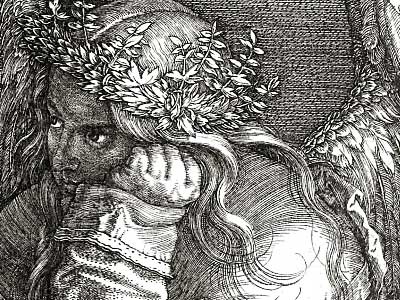
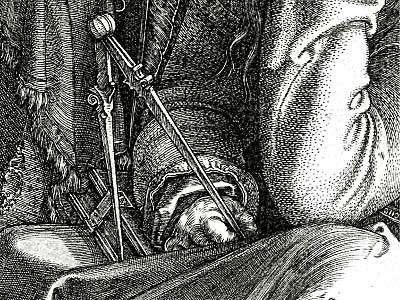
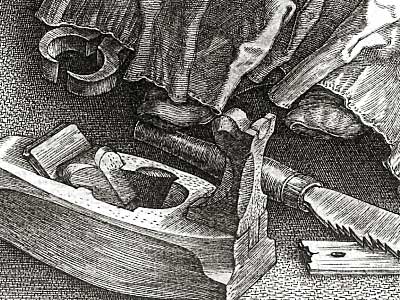
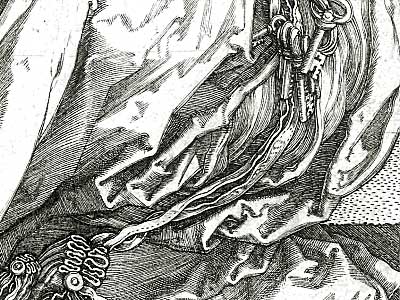
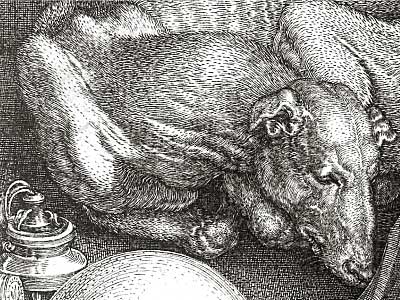
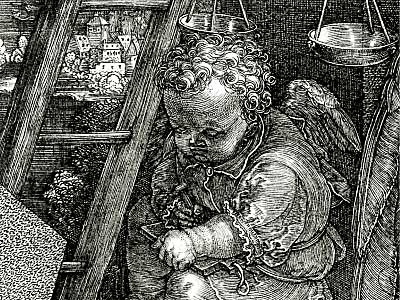
.jpg)
.jpg)
.jpg)
.jpg)
.jpg)
.jpg)
.jpg)
.jpg)
.jpg)
.jpg)
.jpg)
.jpg)
.jpg)
.jpg)
.jpg)
.jpg)
.jpg)
.jpg)
.jpg)
.jpg)
.jpg)
.jpg)
.jpg)
.jpg)
.jpg)
.jpg)